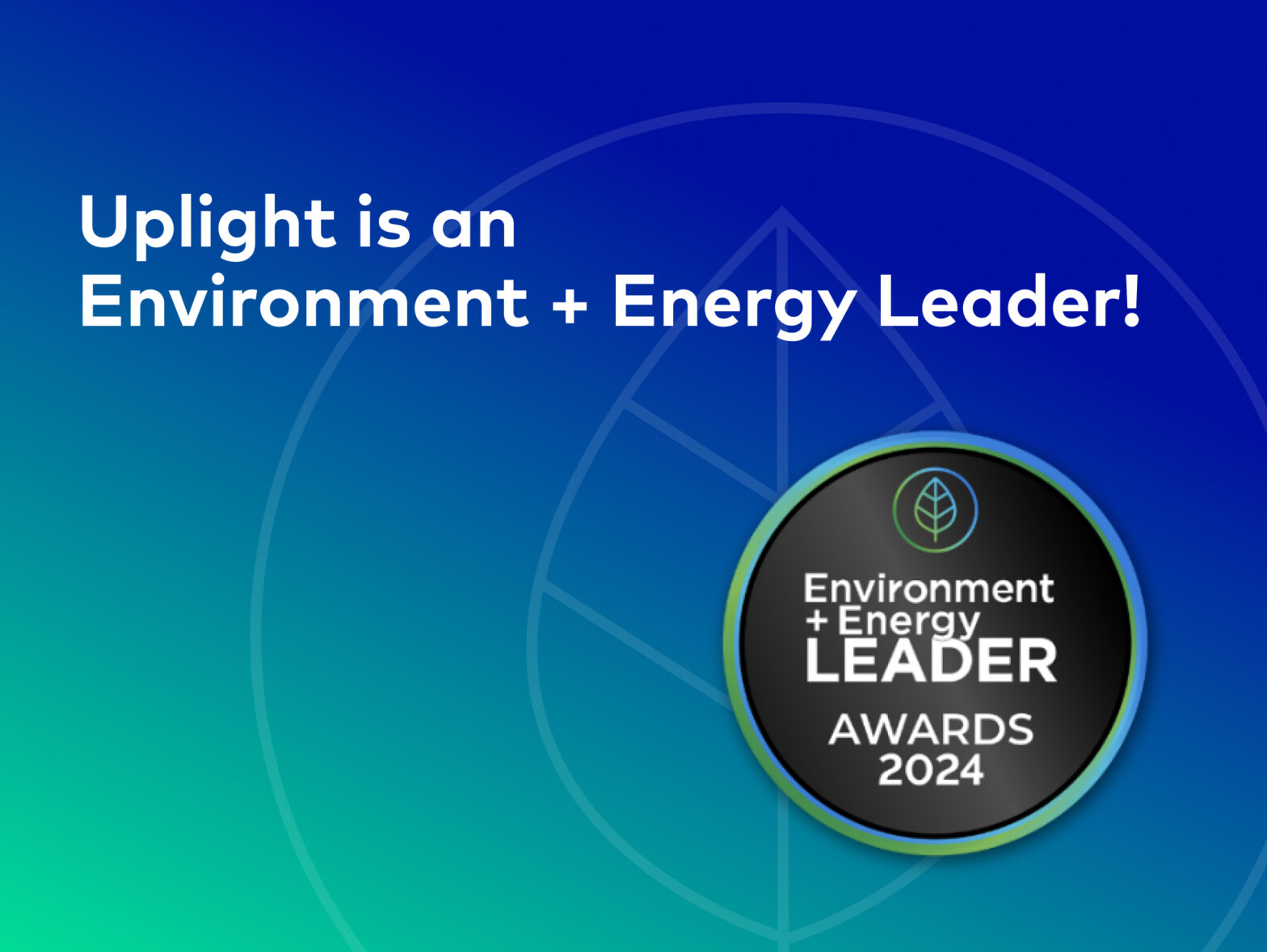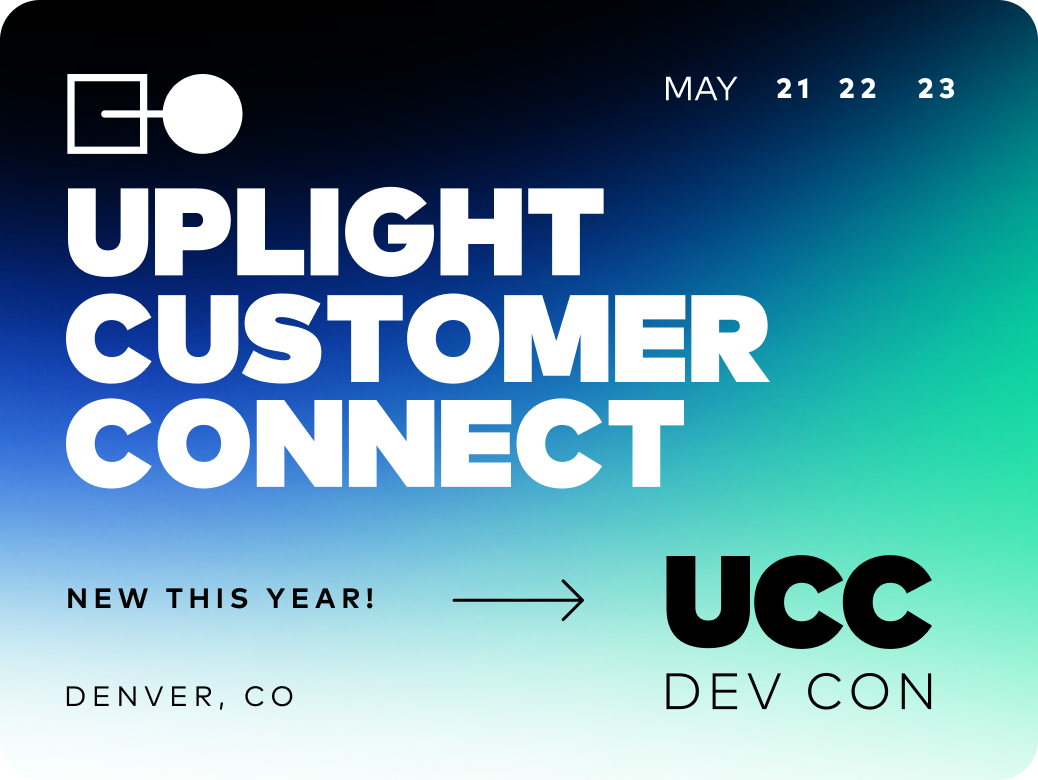How is it that a website consisting of a single text-entry field is one of the most successful technology products of all time? Accounting for over 90% of all online traffic, Google’s search engine is the most-visited website in the world. At face value, this level of market dominance is surprising. Google’s user interface, while simple and clean, is hardly unique. In fact, every one of its major competitors has adopted the exact same format. What distinguishes Google from its peers is the powerful technology that we as users can’t see, but experience nonetheless: its advanced algorithms for indexing and ranking search results.
This paradigm is ubiquitous throughout the tech industry. From streaming services to social media, variation in user interfaces is relatively minor while backend services like data processing, predictive analytics, and machine learning drive competitive differentiation.
The same principle applies to virtual power plants (VPPs), which at their core are a mass-market consumer technology product. Like other successful technology products, VPPs require user experiences that are intuitive and delightful, as well as behind-the-scenes “magic” that creates impact—and ultimately, value.
Proper Planning Prevents Poor (VPP) Performance
To fully live up to their name, VPPs need to deliver firm capacity in a way that’s consistent with conventional power generation resources. That means instead of scheduling an event and hoping for the best, utilities need to have an accurate and realistic understanding of how resources will perform when called upon. Getting to that level of reliability is achievable, but requires sophisticated technology to orchestrate a VPP’s constituent parts in a dependable way.
VPPs are at their best when they bring together a diverse mix of customer segments, energy resources, and technologies. Creating harmony out of all these disparate inputs requires an understanding of each individual customer and their energy assets. And within any given asset class, there are variations across original equipment manufacturers (OEMs) with respect to capabilities and across customers around how (and when) assets are dispatched.
A VPP solution needs to reflect these nuances throughout every step of the VPP lifecycle, from customer education and enrollment to event dispatch and measurement. When constructing a VPP portfolio, it’s critical to understand how individual device parameters—e.g. what control capabilities are made available through an OEM’s API—and customer preferences—e.g. minimum state-of-charge parameters for an electric vehicle (EV) or setpoints on a thermostat—translate into dispatchable capacity.
Yet when it comes to capacity, VPPs are less like static infrastructure and more like living organisms. Factors like time of day, weather conditions, and customer enrollment trends impact the availability of individual assets, and by extension, portfolios in aggregate. Economic considerations complicate matters even further, with factors like time-varying rates influencing the marginal costs of dispatching DERs like EVs and battery storage systems.
Taken together, a VPP solution needs to function like a microcosm of a transmission system operator. Achieving strong performance relies on forecasting, planning, and dispatch capabilities that tell a utility with reasonable certainty what availability will be over multiple timescales, and then help execute events in a way that reliably achieves a desired capacity outcome at lowest system cost.
Uplight’s Approach to Orchestrating VPP Outcomes
Clearly, delivering high-impact VPPs at scale is no walk in the park. Fortunately, we have a team of distributed energy experts who’ve been thinking about these optimization problems for more than a decade, and an industry-leading platform that has turned theory into practice at scale.
At a high level, our Flex platform orchestrates DERs in three phases: forecasting, planning optimization, and dispatch optimization. While each phase has a distinct role, there are important feedback loops between them that drive results that are more than the sum of each part.
- Forecasting is an ongoing process for predicting load and available capacity at an individual site, group, and portfolio of assets. Relying on a range of data inputs including DER enrollment data, asset specifications, weather forecasts, and meter data, the forecasting engine provides a utility with visibility into how a VPP resource will perform over intraday and interday scheduling timescales. This process is repeated on an ongoing basis. AI-powered forecasts run every 15 minutes, with over a million discrete forecasts per 10-minute interval in the forecast window. Flex is capable of running 400,000 forecasts concurrently across five different forecast models.
- Planning optimization takes the outputs from the forecasting engine and feeds them into a closer-to-real-time process. In this phase, additional inputs such as utility tariffs, billing data, VPP program rules, and wholesale market tariffs are combined with site- and asset-level forecasts to refine available capacity predictions and construct a dispatch merit order across multiple time horizons. This provides utility operators with a more detailed view into VPP performance in the hours and minutes leading up to a potential event.
- During an event, dispatch optimization is a real-time process that leverages DER power plans and flexibility, merit order data, and demand charge thresholds to determine the optimal grouping, sequencing, and/or redispatch of DERs based on the event parameters defined by the utility operator and all of the aforementioned variables and constraints. Post-event, actual data including DER output is fed back into the forecasting engine to improve the accuracy of future iterations.
The latter two VPP optimization phases are enabled by big data processing, with 30 billion data points per hour of ingestion and up to 210 billion data points per hour of processing. The results speak for themselves, with forecasting accuracy of over 97% and ongoing successful participation in some of the most complex and dynamic energy markets in the world.
VPPs effectively serve two customers: the end-users who enroll devices and participate, and the utility personnel who rely on them for grid operations and planning. By combining a powerful customer engagement engine backed by a predictive AI platform that optimizes load flexibility, Uplight delivers VPP solutions that meet the needs of both.





